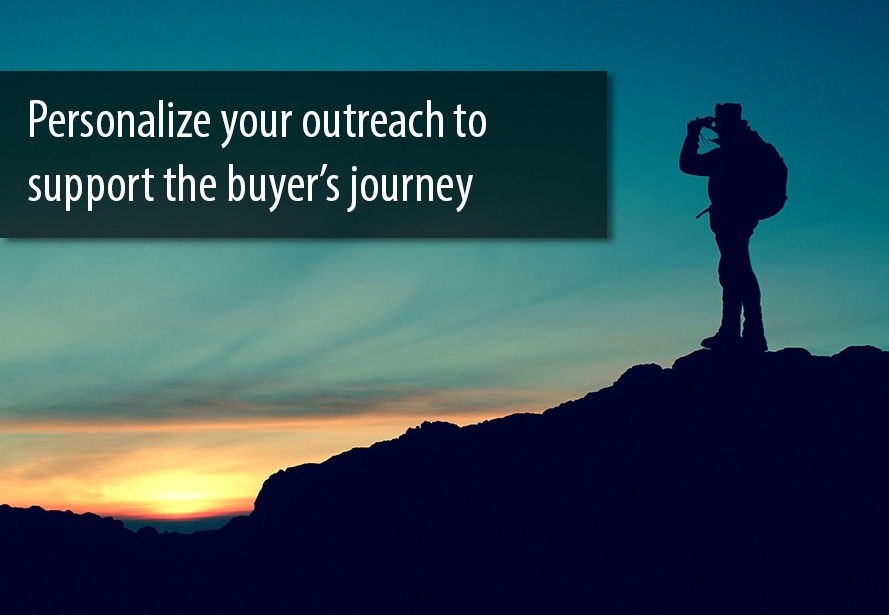How to Improve Your Connect Rate with Email
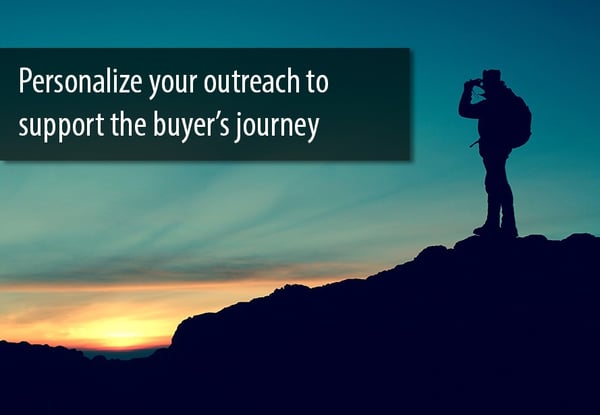 The Sales Playbook Has Changed
The Sales Playbook Has Changed
If you haven't yet heard, nobody wants to be sold to anymore. Including you, I would imagine. We throw direct mail in the trash without reading it. We don't answer the phone if we don't recognize the number. We regard emails from unknown names as spam, and often delete them before reading them.
Today, buyers have access to unlimited information and they hold the power. In HubSpot's annual report, The State of Inbound, 42% of the salespeople surveyed reported that prospecting is the most difficult part of the sales process. So if you are a salesperson in the digital age, responsible for growing new business, what can you do to connect with new buyers?
Inbound Sales
The how, why and when today's empowered buyers want to connect with salespeople has changed. Buyers in the digital age find the information they're looking for through online research. So trying to connect with prospects to tell them about our product or service doesn't work. Most buyers get tons of those calls and emails everyday and they're not interested. Buyers can find that information themselves, when they want, without our help.
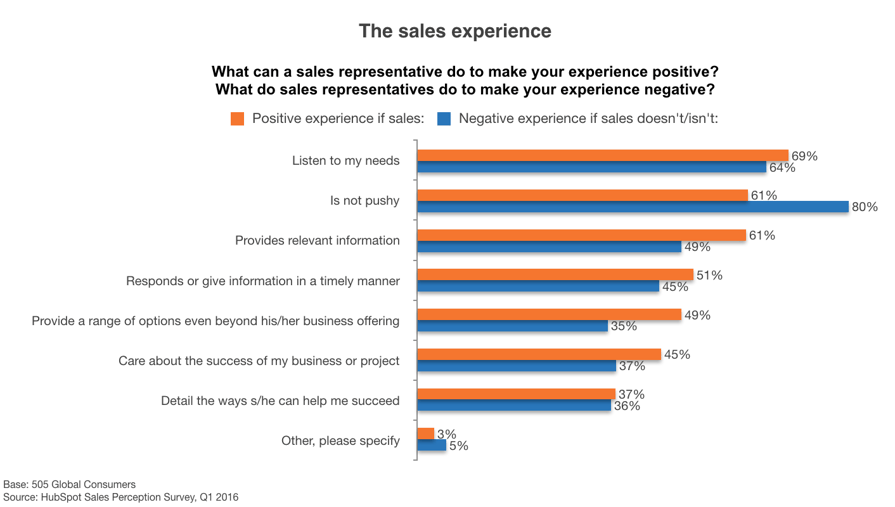
The way to sell in today's world is through personalizing the sales process to our prospect and it's called Inbound Sales. The sales process has to be about the buyer; they are in control of the information they consume. So we need to start our conversations with our buyers by asking about their plans, needs and challenges. Only once we understand their interests and needs, should we offer to help.
If you're familiar with Inbound marketing, you know that there are three stages of the buyer's journey;
- Awareness
- Consideration
- Decision
The content which is most helpful for our buyers depends on where they are in their buyer's journey. It's important to understand that when we are connecting with a prospect for the first time in the sales process, it is most likely that our prospect is in the Awareness stage. Buyers in the Awareness stage are looking to educate themselves on their challenge or opportunity, and are interested in vendor-neutral, third-party information which further explains their problem or symptoms. They are not looking for anything specific about our brand, product or service.
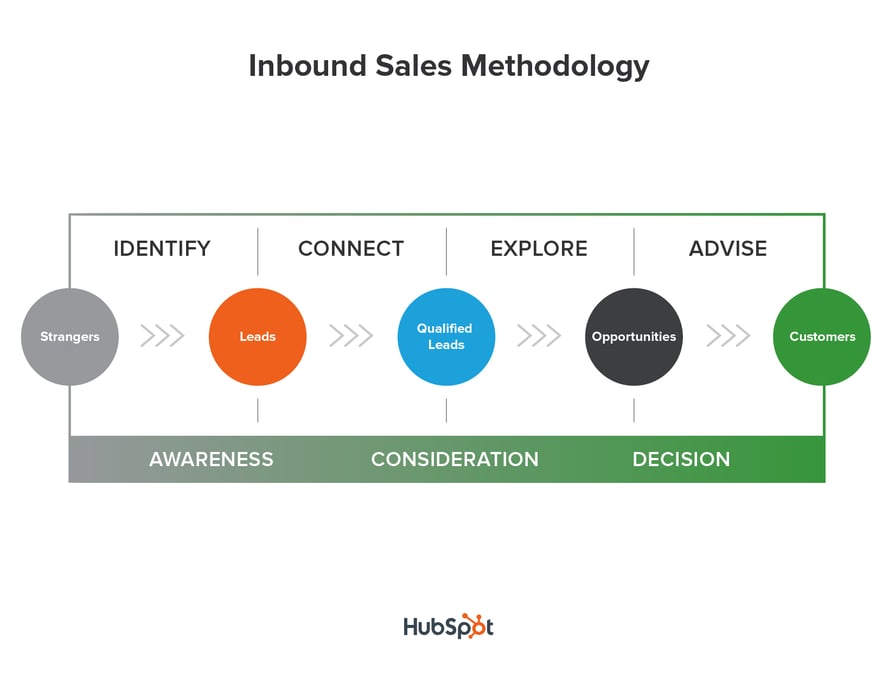
HubSpot's new Inbound Sales training explains all four phases of the Inbound Sales process, but in this article we're just focusing on the Connect phase. Once we understand what our buyers really want and need, we can create a Connect Strategy to improve our connect rate through email.
There are three goals of a Connect Strategy:
- Support the buyer in their Awareness stage
- Educate them on their goals & challenges
- Build credibility so they view us as a trusted advisor and want to spend time with us
Here are the steps in developing a Connect Strategy to improve your connect rate with email:
Step 1: Define your personas
- How does this persona describe the goals or challenges they encounter (which align with my company's offerings)?
- How does this persona educate themselves on their goal or challenge?
- What are the implications of inaction for this persona?
- Are there common misconceptions this persona has about addressing their goal or challenge?
Step 2: Define the sequences (outreaches) for each persona
The next step is to define each outreach, or sequence as HubSpot calls them, for the buyer persona. It is not uncommon for a buyer to receive five touches, or outreaches, before they respond. Salespeople aren't known for their resilience for nothing!
Hubspot sequences allows us to automate the series of emails we want to send to our prospect, substantially simplifying our life.
An example of what a sequence might look like is:
Buyer Persona: Business owner of a residential building company
- Initial touch (if reply, terminate sequence)
- If no reply, after a day send (if reply, terminate sequence)
- If no reply, after a day send (if reply, terminate sequence)
- If no reply, after a day send (if reply, terminate sequence)
Step 3: Define the outreach content for each persona
In defining the content to send to our persona in each email, we want to make it as personalized as possible and relevant to the context of that buyer. We should keep in mind the type of organization, the role of our persona within that organization, and the stage the buyer is at within the buyer's journey.
HubSpot says the best practices for defining outreach content are to:
- Take an inventory of our existing content: we want to know what we've got to start with so we're using the most relevant content for the buyer at their stage of the journey
- Keep our outreaches short: nobody wants to read a long email from an unknown person
- Reference the buyer at least twice as much as we reference ourselves: you and your organization vs I and we
- End all emails with a question: for example, ask for more info on how the prospect has excelled in a certain area of their business
- Sound human and helpful: we want them to know we have a sincere interest to help them, not sell to them
- The subject line is the most important: if the prospect doesn't know this is a personalized message, it probably won't get opened
- The content we identify is a guideline: we might want to change this up for a specific prospect if we identify something else which is more relevant to that one
If you're just beginning with inbound marketing, or you are starting to target a new persona and haven't yet developed relevant "Awareness" stage offers for your persona, you can also use content created by others. As long as the content is of high quality, does not come from a competitor, and is something your prospect would find useful, it'll work!
What's next?
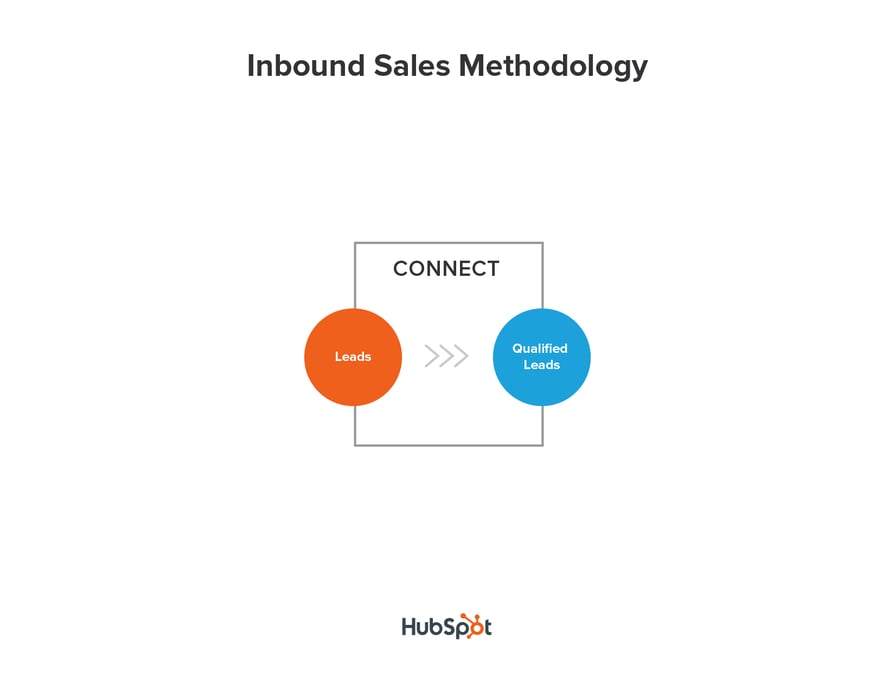
The sales playbook has changed so if we want to be successful in sales today, we need to change as well. The first step is to understand our buyer personas, the journeys they take in identifying their goal or challenge and how they educate themselves about it. The next step is to have a solid Connect Strategy so that we can begin our conversations with prospects in a personalized way, to build trust and encourage them to share their plans, needs and challenges with us. This can dramatically improve our connect rate with email.
If we have been successful in our Connect Strategy, and the prospect has identified that they need and want our help, the prospect moves on to become a qualified lead. At that point, we can move on to the Explore phase of Inbound Sales.
Interested in improving your connect rate with email? Take advantage of HubSpot's FREE Sales Training!

